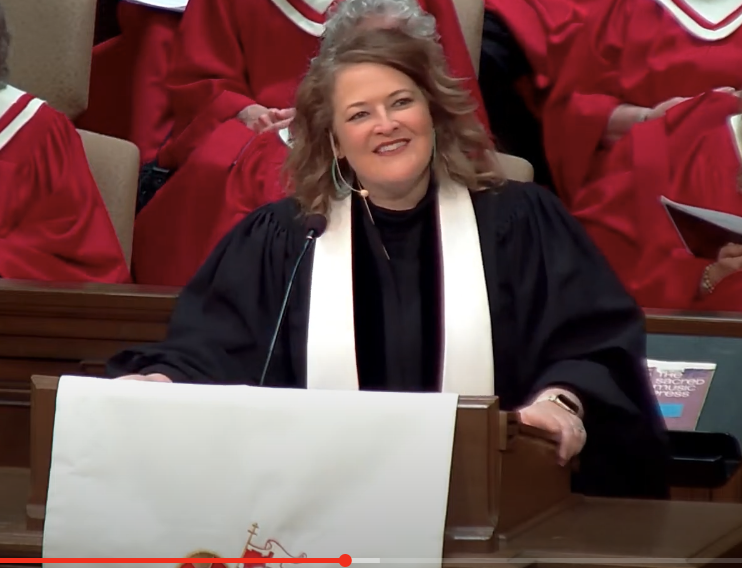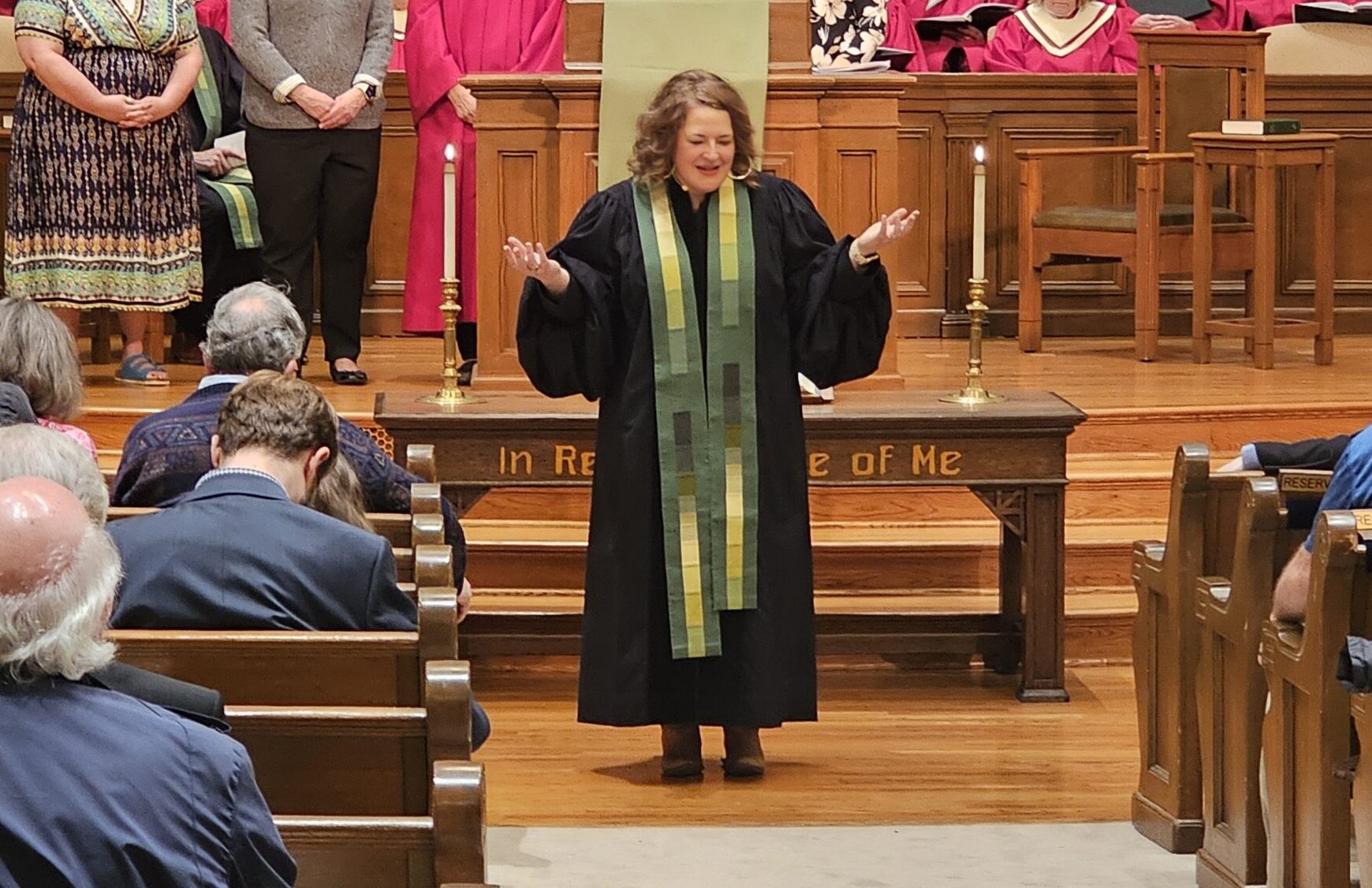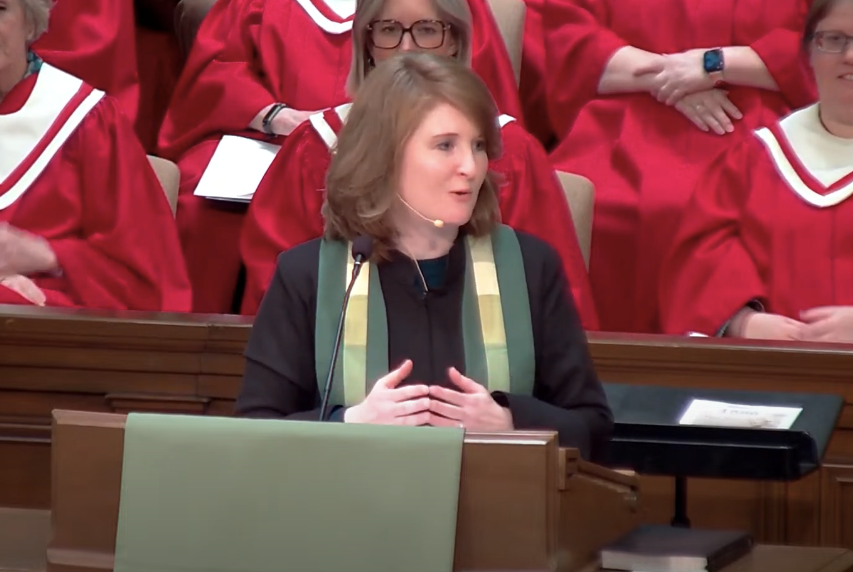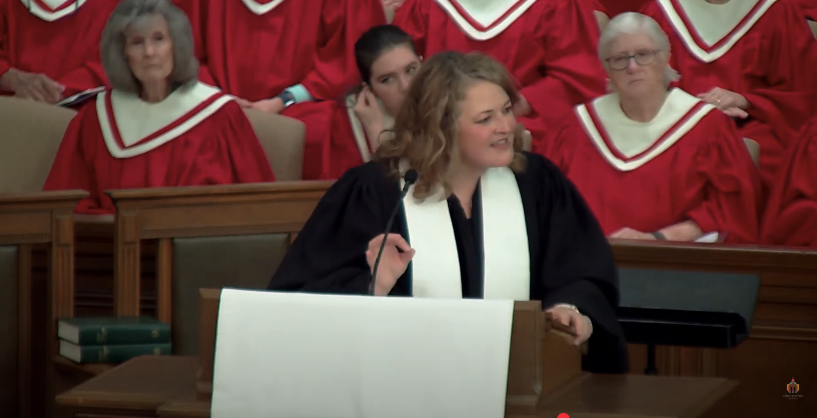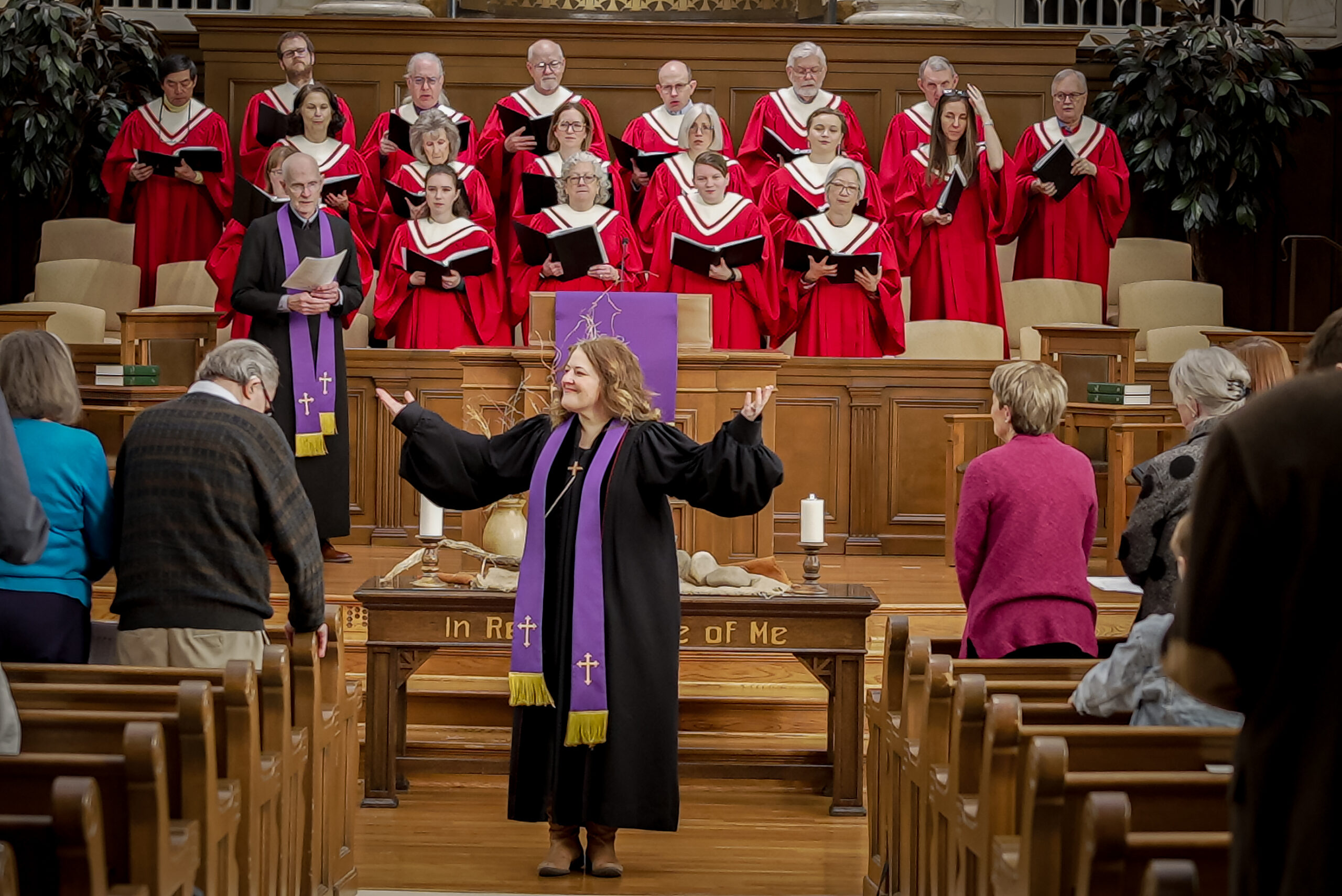I. Famed conductor Arturo Toscanini is said to have completed sixty rehearsals of what was, at the time, a new opera we now know to be Bellini’s classic Norma. But there, on the threshold between what was and what would be at the dress rehearsal before the show was to open, legend has it that Toscanini put down his baton and said, ‘The concert is canceled. The music is too great, it’s beyond human powers, I can’t do it.’1
Toscanini, of course, was overcome with the beauty of the music he was bringing to life. It was otherworldly to him, filled with the type of holy presence that rendered him struck in its presence. But what captures my imagination about this story is the way in which he was alert to such a moment of reverence, even as he prepared to make the turn from rehearsal to performance, from beauty held to beauty shared. And his response? Awe fell upon him.
Father Greg Boyle writes that “every single moment of our lives asks us to be charmed, captivated, enticed, thrilled, and pleased. We don’t wait for such moments to fall out of the sky; we just put ourselves on high alert to catch those moments as they happen. … Being alert to the sacred in our midst is a choice that gets more meaningful as we practice it.”2
II.We’ve spent these first weeks of the new year in the season of Epiphany, looking to these stories of Jesus as glimpses of his revealing.
Revealing his personhood in baptism and ministry, revealing his hopes in calling and healing, revealing his rhythms of work and rest, all the while revealing to us the tender care that Jesus’ life and ministry offers to a world in need of careful tending.
Today, we conclude this arc and draw the revealing season to a close with this rather odd story of Jesus’ transfiguration. The glory on the mountain and the descent into the suffering of the valley is one that Christians everywhere return to every year, falling as it does on the final Sunday of the season of Epiphany. Sandwiched between the shiny light of Epiphany and the spare wilderness of Lent, Transfiguration Sunday becomes a pivot point, a liminal space upon which connect Epiphany’s revealing of Jesus from manger to mountaintop to Lent’s final journey of Jesus from wilderness to a wide, empty tomb. The story of transfiguration represents for us that passageway, where one realm meets the next — heaven and earth, mountain and valley — and calls us to consider the threshold spaces and seasons of our lives.
Just before the story begins, we hear Jesus revealing to his disciples the hardest truth they won’t understand, that one day, “the Son of Man must undergo great suffering, be rejected by the religious and political authorities, be killed, and on the third day, be raised.” Thus, a life of discipleship is to be a life of denying oneself, of taking up the cross, of losing lives in order to save them. Perhaps this stark and confusing image was on the disciples’ minds, when “six days later,” Jesus took Peter, James, and John up a high mountain. Before their very eyes, Jesus was transfigured — changed into a dazzling, sparkling white with divine light. With him appeared Elijah and Moses, the two who from Jewish tradition represented the law and the prophets. You can just imagine the faces of Peter, James, and John — rubbing their eyes, stunned into silence, not sure if they were asleep or awake, alive or dead, here or there, in this holy in-between where heaven seemed to touch the earth. But Peter, eager to grab hold and hang on to what unfolded before him, suggested hurriedly to build three dwellings for these three leaders. “Master, it’s good for us to be here,” Peter says, “so let me find a way to keep things as they are!”
With that, a cloud overshadowed them to the disciples’ terror. A voice rang out, just as it did at Jesus’s baptism not long before: “This is my Son, my Beloved; listen to him!” And ending as quickly as it began, Moses and Elijah vanished; Jesus stood alone and normal; the disciples again stunned into silence, for they told no one of what they had seen. As they descended the mountain, they were met, as they so often were with Jesus, by a family in need of healing. For talk of suffering bookended their time on the mountain, taking up the cross of discipleship and looking the woes of the world squarely in the face. But in between, the disciples found a holy, liminal, thin place — a passageway, really — of wonder, awe, reverence, alert to the sacred in their midst.
III.In her book, “An Altar in the World,” Barbara Brown Taylor writes about reverence, about its gifts and graces for all who live modern, distracted and fast-paced lives. She told a story about the healing power of reverence for a friend of hers. This friend was wracked with grief, not sure she wanted to go on living. She was aging and lonely, afraid to go to sleep at night for fear she wouldn’t wake up in the morning. Night after night, she laid in her bed waiting for the sun to rise before she dared to shut her eyes.
“Then someone who loved her suggested that as long as she was awake,” Taylor writes, “she might as well start listening for the first bird that sang each morning. Before long, the sound of that bird became the bell that woke her heart to life again. She named the bird. She discovered what such birds like to eat and put feeders full of seed in her yard. Other birds came, and she learned their names as well. She began to collect birdhouses, which she hung from the rafters of her porch until she became the mayor of an entire bird village. She still does not sleep well,” Taylor concludes, “but she is no longer afraid of her life.”3
I last preached this text in February of 2021, and in light of all we’ve experienced since then, it was revealing to me to go back and reread it. You remember February 2021, right? Vaccines were rolling out yet the pandemic still raged. Our country hovered on the brink of both reimagination and disintegration. Millions of us felt afraid of our lives yet comforted in the invitation to, as Barbara Brown Taylor describes, listening to birdsong. It was for us a threshold moment, you might say, a moment that was still unclear how we’d interpret and make meaning. In the years since, we’ve returned to familiar places and rhythms that lay long dormant. In some ways, we’ve tended our grief, our exhaustion, our loneliness, and in others, it is a wellspring of hurt that will take a lifetime to understand. Perhaps you, like me, look back and wonder at how we ever made it through such a season!
And yet, while I doubt seriously that anyone refers to the long pandemic season as a ‘mountaintop experience,’ I do remain curious at how the learnings of that time carry forth into the days we live. You remember them, I’m sure. To be alert to the sacred in our midst. To never again forget to wonder at the Sacred that presses into view. To marvel at the sparrow and the lily, the rising of the sun and its setting. To look with awe upon the creations of God running, crawling, flying, loving, passing us by. To never again take for granted the gift of gathering. To actually pay attention to what we experienced such that we don’t blithely move through this world. To stop the tasks and the distractions long enough to truly notice the presence of God.
Perhaps the invitation of transfiguration still in the shadow of a pandemic isn’t just to descend the mountain with a to do list a mile long, nor is it to grab hold and build a monument to the transformative moment like Peter. Rather, perhaps our invitation is to be attentive to the threshold: simply marvel, wonder, be amazed at the ‘thin space’ betwixt and between. I’ve shared with you before how the Celtic Christians called these the ‘thin places,’ fluid passageways where the distance between this world and the next shrinks to nothing, and the gap between the human and the divine collapses. And I can’t help but to think about all the thin spaces which are holy precisely because they hinge from one to the next, connecting what has been to what will be, the high to the low, the mountain to the valley, sometimes even in dizzying, dissonant ways. You know the seasons I’m talking about — receiving word of a new job and a new diagnosis in a matter of days; discovering a new love and in turn, discovering yourself; finally getting an answer to a long-standing question only to find that ten more questions follow in its wake; making a decision about that opportunity, that big idea, that change you’ve put off and then seeing all the ways it’s been waiting for you along the way. As one author says, “You don’t plan a trip to a thin place; you stumble upon one.”4
IV.You know, when we’re at our best, the church is precisely the place to find and foster these thin spaces, to give us the eyes to see when we stumble upon them, to hold holiness and suffering together, to carve a path straight through the sacred and the ordinary, to live in the liminal middle between mountaintop and valley.
But too often, Christians are the worst at trying to strip either of the other. Like the former pastor in Texas who would stand at the table to begin inviting his congregation for the Lord’s supper, and begin by saying: “folks, there’s nothing going on up here. Nothing is happening – this is just a symbol. Nothing to see here.”5It’s the summation of what too many Christians and churches have suggested, that there’s nothing holy going on in the world, and any glimpse to the contrary is merely symbol or coincidence or luck. Mystery crowded out with logic. Transcendence usurped by common sense. Or the reverse is often true, of course, that Christians and churches want only to live on the mountaintop, using every worship service to so drive up the emotional availability to God, or finding every new spiritual medium to convince us accessing the divine is only possible in spaces that are set apart from the humdrum realities of our everyday lives, like when we’re in a silent retreat, or in a rousing time of worship, or on a trip so far removed from the dailiness of our living. It fools us into thinking nothing sacred can be accessed in the ordinary, and that God hallows certain spaces as sacred and not others, forgetting that every square inch of creation bears a glimpse of God.
Yet both are true, and needed, and good. Both worship and service. Both mountain and valley. The awe-inspiring hymn and the bag of food given to the one who is hungry. The spiritual renewal that comes in fellowship and relationship with your church family, and the care for the ones among us who are sick or suffering. The funeral services where the shaft of light bursts through these windows and bathe us all the glow of heavenly splendor, and the moments with kids we tutor at Ashley Academy whose families are under immense pressure. The church, living and loving and lighting the way for the thin spaces to be spotted in our midst.
It’s no wonder that as Jesus and the disciples came down the mountain, they were met not with monuments to mystery, but rather a desperate plea from a panicked parent to the one who might heal. “Teacher, my only son—a spirit seizes him, making him convulse and foam at the mouth and go numb. We need your help, please!” On this threshold between the holiness on the mountain and the suffering in the valley, Pastor John Buchanan said this: “But I’ve always seen what comes next—the walk down from the mountain into the valley of human need and suffering—as a metaphor, a picture of what the church is for: to bring us into the awesome presence of God, to remind us that we live our lives in the presence of God, to point to the sacred, the holy, the Godly in everyday life. And to lead us, in the name of God, into the crowd, the city, the valley of human need where little children are sick and frantic parents cry out for help.”6
V.“This is my Son, the beloved,” God’s voice calls from the heavens, turning our eyes toward the Light made real before us. “Listen to him!” So friends, may we marvel at God’s mountaintop holiness and find that we can start marveling right here down the mountain too. May we behold the shining Christ and find that the shine carries in our eyes upon all we see. May we remain alert to the thin spaces of our lives, and be a community that fosters them.
And as we do, I imagine like Jesus, we’ll hear the sacred words of belonging descend and the possibility of new life call to us in our threshold places — even the ones that may feel to us like a cold place of death, but alert to the sacred, we realize that instead they are a wide open tomb.
Jan Richardson wrote a beautiful blessing for Transfiguration Sunday, so hear these words now as blessing to you:
Dazzling: A Blessing for Transfiguration Sunday
Believe me, I know
how tempting it is
to remain inside this blessing,
to linger where everything
is dazzling
and clear.
We could build walls
around this blessing,
put a roof over it.
We could bring in
a table, chairs,
have the most amazing meals.
We could make a home.
We could stay.
But this blessing
is built for leaving.
This blessing
is made for coming down
the mountain.
This blessing
wants to be in motion,
to travel with you
as you return
to level ground.
It will seem strange
how quiet this blessing becomes
when it returns to earth.
It is not shy.
It is not afraid.
It simply knows
how to bide its time,
to watch and wait,
to discern and pray
until the moment comes
when it will reveal
everything it knows,
when it will shine forth
with all that it has seen,
when it will dazzle
with the unforgettable light
you have carried
all this way.7

